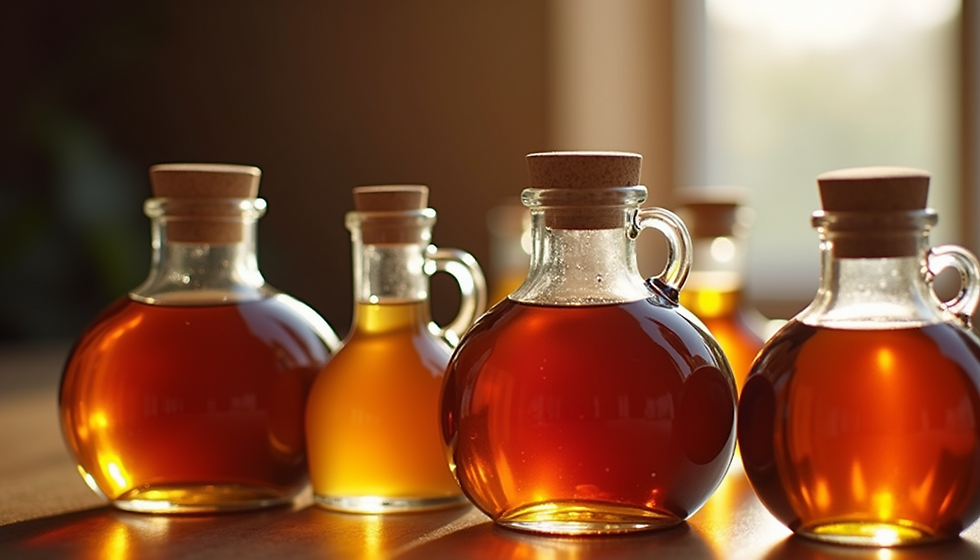Understanding Yellow Sap and Its Usability
- greydogmaplefarms
- Feb 2, 2024
- 1 min read

While the discovery of yellow maple sap opens up avenues for culinary exploration, maple syrup producers occasionally encounter a different scenario involving yellow sap that poses a challenge – old sap that has turned yellow and is no longer suitable for syrup production.
Understanding the Phenomenon
Old sap turning yellow can occur for various reasons, including prolonged exposure to air, microbial contamination, or the onset of bacterial or fungal growth within the sap. As sap sits in collection containers or tubing systems for extended periods, it becomes vulnerable to these environmental factors, leading to undesirable changes in color, flavor, and chemical composition.

Mitigating Risks and Ensuring Quality
To mitigate the risk of sap spoilage and minimize the occurrence of yellowed sap, maple syrup producers employ various strategies and best practices, including:
Timely Collection: Promptly collecting sap from maple trees reduces the likelihood of exposure to environmental contaminants and microbial activity.
Proper Storage: Storing sap in clean, food-grade containers and maintaining optimal temperature conditions helps preserve its quality during transportation and processing.
Sanitation Protocols: Implementing rigorous sanitation protocols for collection equipment, tubing systems, and processing facilities minimizes the risk of microbial contamination and spoilage.
Quality Control Measures: Conducting regular quality assessments of sap samples ensures early detection of any signs of spoilage or deterioration, enabling proactive intervention to salvage usable sap.
The occurrence of old sap turning yellow underscores the importance of diligence and vigilance in maple syrup production. By adopting sound management practices and quality control measures, producers can safeguard the integrity of their sap supply and uphold the standards of excellence synonymous with authentic maple syrup.





Comments